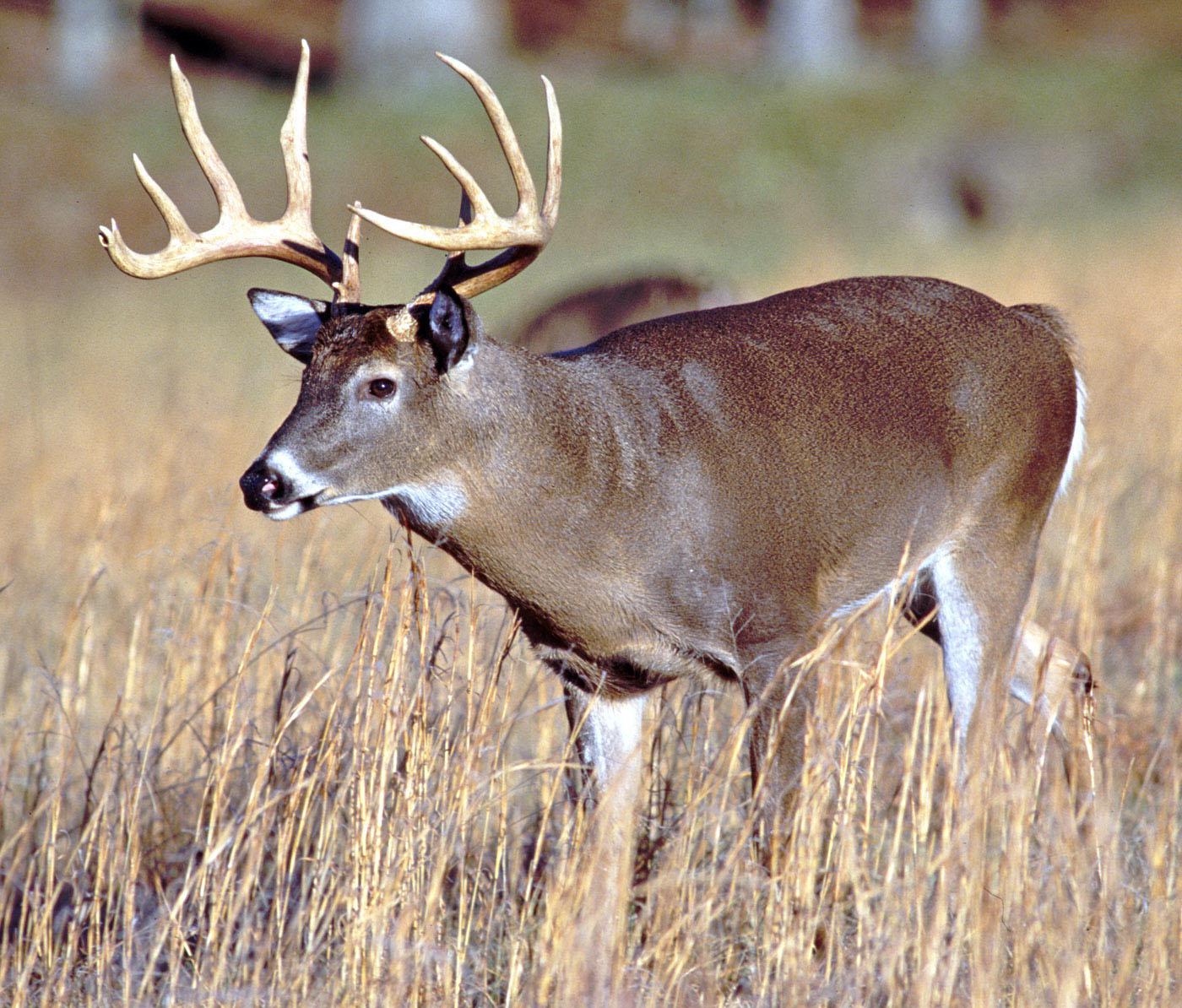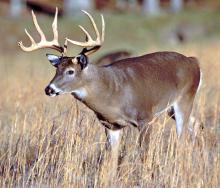Information Possibly Outdated
The information presented on this page was originally released on September 4, 2008. It may not be outdated, but please search our site for more current information. If you plan to quote or reference this information in a publication, please check with the Extension specialist or author before proceeding.
Soil quality impacts size of deer antlers
MISSISSIPPI STATE -- Mississippi State University researchers are investigating the connection between soil fertility and antler size as deer hunters prepare for their annual quest for the elusive trophy buck.
As fall approaches, masses of hunters begin to dust off bows, construct tree stands and sight in rifles. Deer season opens Oct. 15 for most of the state, and once again more than 250,000 hunters will be going into Mississippi's forests in search of prized bucks. Finding the trophy can be a challenge because antlers come in all shapes and sizes.
With that in mind, scientists in MSU's Forest and Wildlife Research Center are studying factors that affect antler size. They have found that good soil and habitat quality can help deer develop significantly larger antlers.
“We collected data from more that 18,000 bucks harvested on 765 properties from 1991 to 2002 in Mississippi,” said Steve Demarais, professor and deer biologist in the Forest and Wildlife Research Center. “We found that different soil types, even in the same state, can impact antler size.”
Scientists compared three regions in Mississippi to determine how soil impacts antler growth.
“The Delta region soils are very fertile and productive compared to the Lower Coastal Plain region soils, which are not as fertile and considered to be of lower quality,” Demarais said. “The loam soils of the Thin Loess region -- from Amite and Wilkinson counties in the south to Marshall County in the north -- are of modest quality.”
“We found that regional variation in antler size can be explained by soil fertility,” Demarais said. “Soil fertility impacts food type and quantity, which ultimately affects habitat quality.”
In fact, the scientists found bucks in the Lower Coastal Plain take a year longer to reach their antler potential compared with deer in the Delta.
Researchers also noted a significant difference in the Boone and Crockett scores for deer of the same age across regions. Boone and Crockett scores are determined by taking several measurements to arrive at a final number that provides instant rankings on trophies.
“Same-age bucks from the Lower Coastal Plain soil region had Boone and Crockett scores of nearly 20 inches less than those in the Delta region,” said Bronson Strickland, assistant Extension professor in the Department of Wildlife and Fisheries. “The Thin Loess score is in the middle with about 10 inches between the regions.”
The study found that improved nutrition improves the antler size distribution within any region where nutrition is a limiting factor, especially those with low to moderate soil quality.
“While improving nutrition is important, hunters should remember that regardless of age, 60 to 70 percent of bucks will grow antlers similar to the average for that age class,” Strickland said. “A small percentage will be smaller than average, and an equally small percentage will be larger than average.”
Hunters should manage their properties for an average-size class and modify their expectations to conform to the fact that high-end bucks are not common, even under the best of circumstances, Strickland added.
“If you want to harvest big bucks, you should let deer reach maturity and provide proper habitat management and food plots,” Strickland said.
Contact: Dr. Steve Demarais, (662) 325-3174







